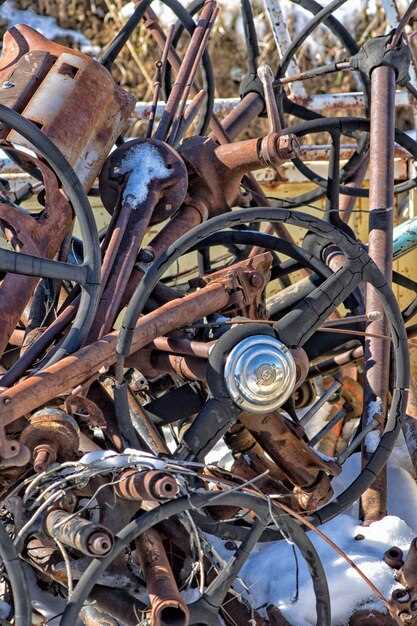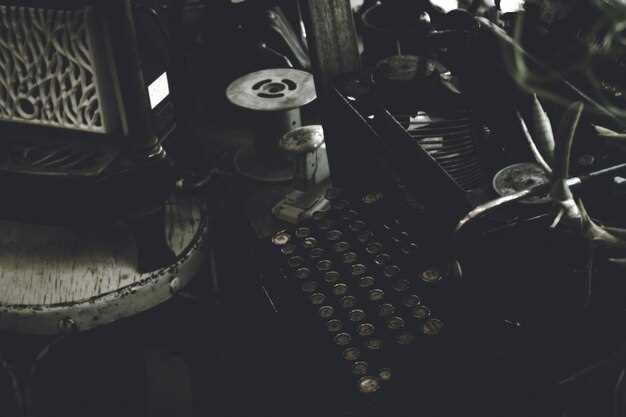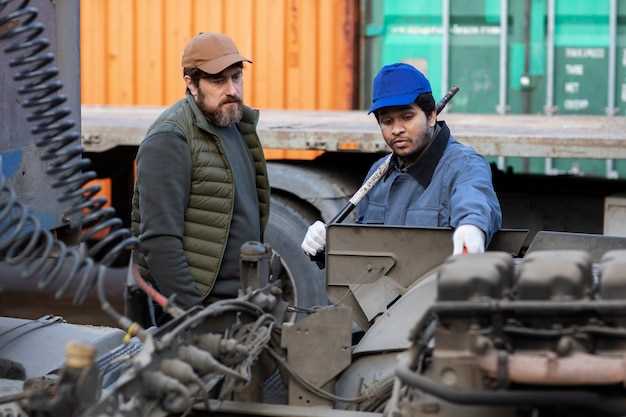
The allure of classic cars, especially those from the 70s, continues to captivate enthusiasts and restorers alike. As the demand for vintage automotive parts rises, salvage yards have emerged as a treasure trove for finding essential components to revive these iconic vehicles. Whether you are a passionate collector or simply someone seeking to refurbish a cherished ride, salvage yards offer a unique blend of opportunity and adventure.
When rummaging through the aisles of rusted metal and forgotten relics, one can discover an impressive array of parts that could bring a classic car back to life. From engines that have seen countless miles to body panels that carry the nostalgia of a bygone era, the potential rewards are enormous. However, exploring these vast fields of automotive history requires patience, knowledge, and a keen eye for detail.
Diving into a salvage yard allows enthusiasts to not only acquire hard-to-find components but also to connect with the past. Cars from the 70s symbolize a distinct era in automotive design and engineering, making the quest for their parts both rewarding and educational. Each visit to a salvage yard opens up a world of possibilities, where every corner may hold the key to completing a restoration project or preserving a piece of automotive heritage.
Identifying Valuable Components in Junkyards for 70s Cars

Exploring junkyards for 70s cars can be a rewarding experience for automotive enthusiasts and restorers. These yards often hold a hidden treasure trove of valuable components that can be crucial for maintaining or restoring classic vehicles. Here are some key components to look out for:
Engine Parts: Many 70s cars are equipped with distinctive engines that can be rare today. Components such as manifolds, carburetors, and cylinder heads may still be in good condition. Look for the specific engine variant that matches the model you are restoring, as OEM parts can significantly enhance value and performance.
Transmission Components: The transmission is another critical area where valuable parts can be found. Automatic and manual transmissions from 70s vehicles are often sought after for their durability. Ensure you check for intact gears and housing to gauge their condition.
Body Panels: Rust is a common issue with older cars, but many junkyard finds may still include salvageable body panels. Front fenders, hoods, and doors can often be repaired or directly replaced to restore the car’s original aesthetics. Pay special attention to the condition of the metal and any potential dents or corrosion.
Interior Components: Seats, dashboard assemblies, and gauge clusters can be incredibly valuable for 70s car enthusiasts. Original fabric and instruments often hold more value than aftermarket replacements. Look for uncracked dashes and seats with minimal wear.
Odometer and Speedometer: Instrument clusters from 70s vehicles can be particularly desirable, especially if they are in functional condition. The mileage on these components can often add to the car’s historical value, providing it with a unique story.
Wheels and Tires: Original wheels can vastly improve a restoration project’s authenticity. Search for specific manufacturers and styles that were common in the 70s. Even if tires are worn, the wheels themselves may still be prized by collectors.
By being knowledgeable and patient during your junkyard explorations, you can uncover valuable components that not only restore classic cars but also enrich their history, making each find a remarkable addition to your collection.
Tips for Negotiating Prices on Classic Car Parts
When exploring salvage yards for classic car components, effective negotiation can lead to significant savings. First, research the typical prices of specific parts manufactured in the 70s. Understanding market value helps you assess whether the asking price is fair. Utilize online resources, forums, and classic car clubs for insights on pricing trends.
Next, don’t hesitate to inspect the parts thoroughly. Check for any signs of damage, rust, or necessary repairs. Using this information during negotiations can empower you to argue for a lower price. Be honest but firm about what you believe is a fair value, emphasizing any defects you discover.
Establish rapport with the junkyard owner or staff. A friendly demeanor can make them more willing to negotiate. Show genuine interest in their collection and build a conversation; this could lead to a better deal. Once you’ve established a connection, express your interest in multiple parts. Sellers might be more inclined to offer discounts for bulk purchases.
Timing can also play a vital role. Visit salvage yards during weekdays or off-peak hours when the staff is less busy, making them more available for negotiation. Additionally, be prepared to walk away. If the price isn’t right, showing that you’re willing to leave can often encourage a better offer.
Lastly, consider bringing cash. Many junkyards prefer cash transactions and might offer lower prices for immediate payment. Keep these tips in mind during your next visit to a salvage yard, and you’re likely to secure some great deals on classic car parts.
Restoration Techniques for Components Found in Salvage Yards

When exploring junkyards for classic car components, restoring found parts requires careful techniques to ensure they meet safety and aesthetic standards. Begin by assessing the condition of each component. Look for rust, dents, and cracks, as these will influence the restoration process.
For metal parts, such as bumpers and fenders, sandblasting is an effective method to remove rust and paint. This technique exposes the bare metal, making it easier to assess structural integrity. After cleaning, weld any cracks or weak points before applying a rust-inhibiting primer followed by a finish coat to protect against future corrosion.
Plastic components, often found in older cars, can be restored using a heat gun. Carefully heating the plastic can repair minor cracks and deformities. Once reshaped, use a suitable adhesive to bond any broken pieces, ensuring a strong repair. Finally, polishing the surface can restore its original shine.
Electrical components, such as switches and wiring harnesses, often suffer from corrosion. Cleaning these parts with contact cleaner is crucial. Replace any corroded connectors and inspect wiring for frays or breaks. Use soldering techniques to repair any damaged wires, ensuring a solid and safe connection.
Upholstery and interior components may also be salvageable. Clean fabrics with appropriate cleaners and consider dyeing them if the color has faded. For harder surfaces like dashboards, use non-abrasive cleaners to prevent damage while restoring the original appearance. Replacing foam padding in seats can significantly enhance comfort and aesthetics.
Finding components in junkyards provides a sustainable way to restore classic cars, but the key lies in effective restoration techniques. By carefully assessing, cleaning, and repairing each part, enthusiasts can breathe new life into vintage vehicles while saving costs and preserving automotive history.












